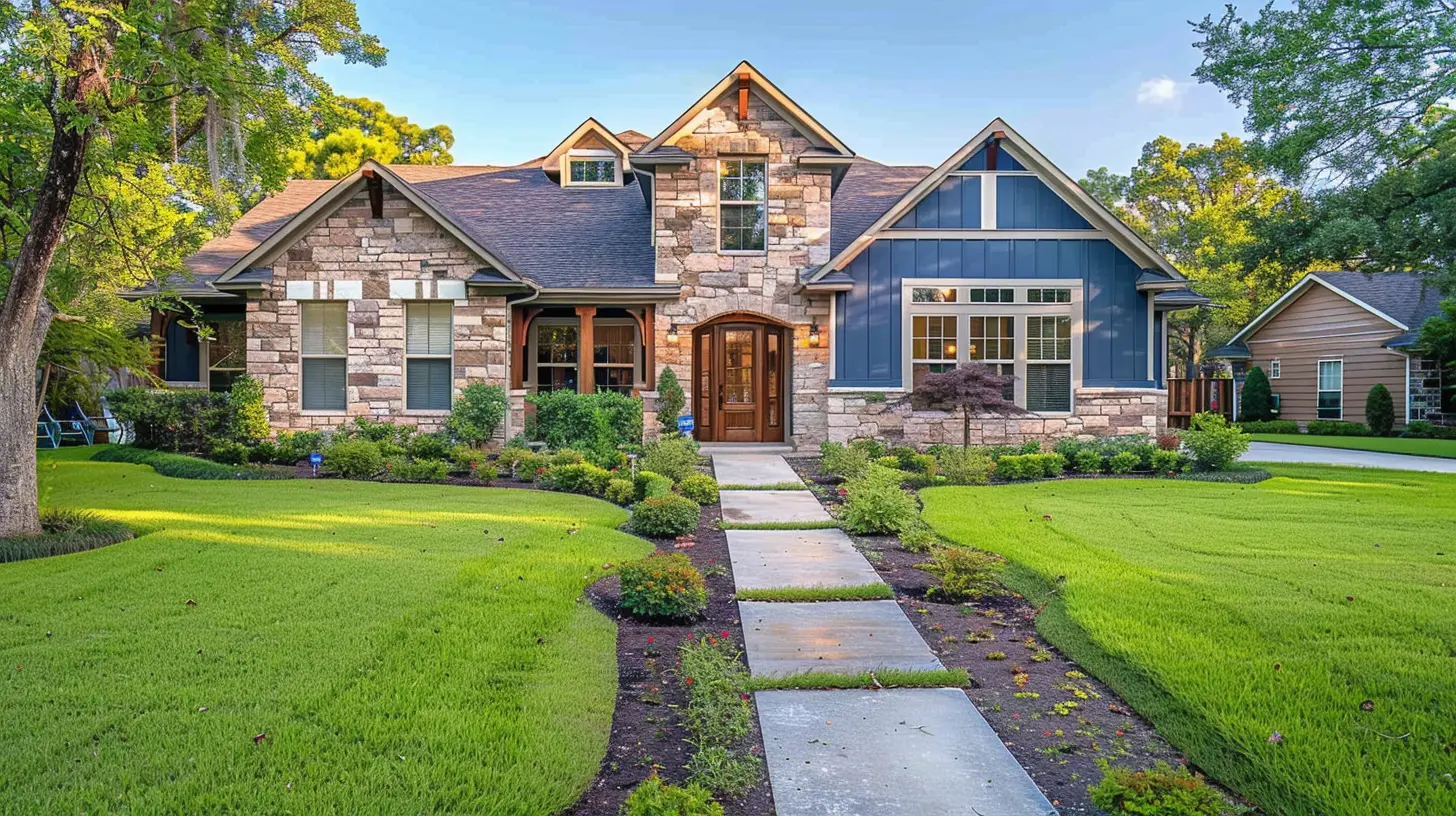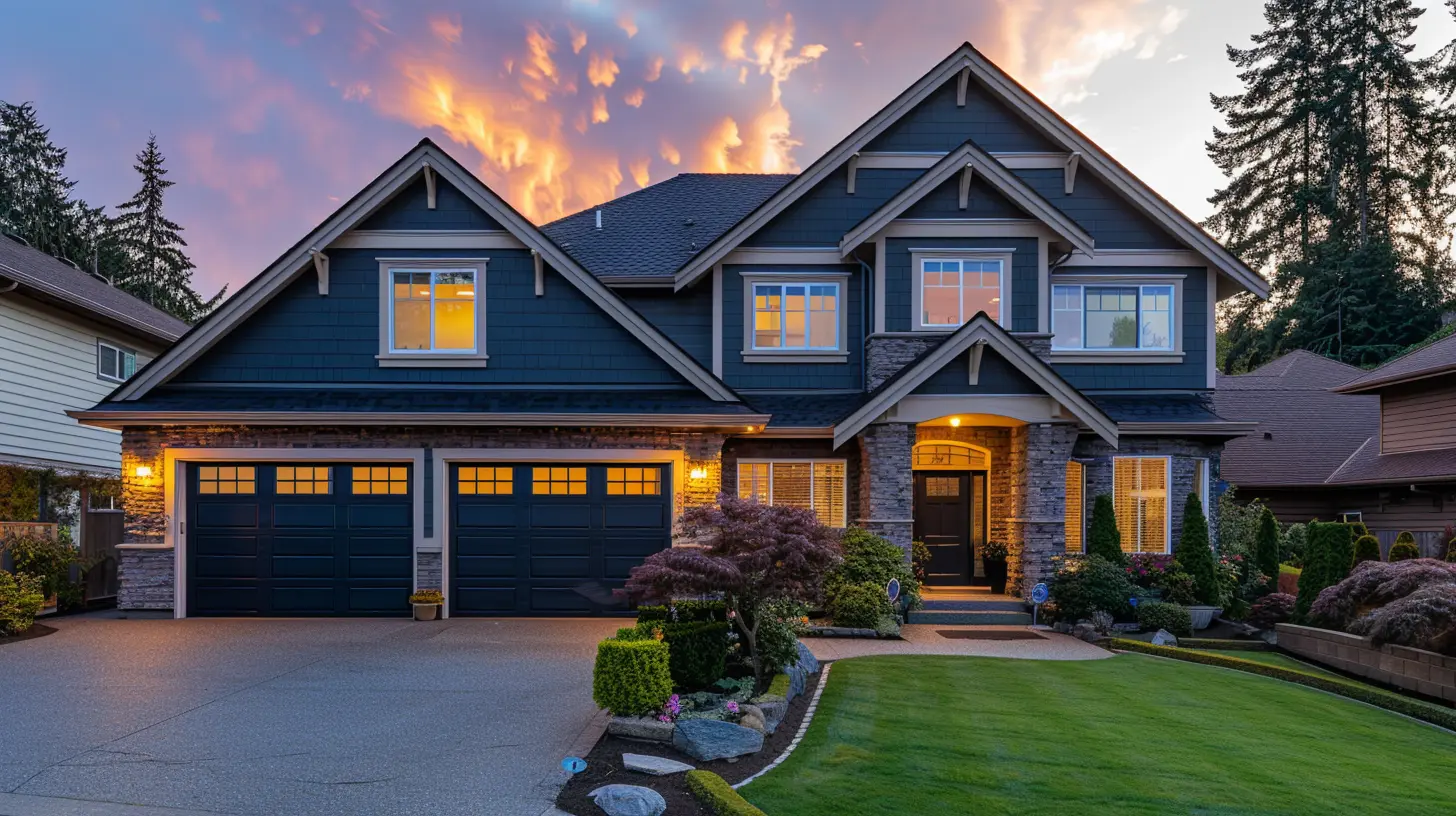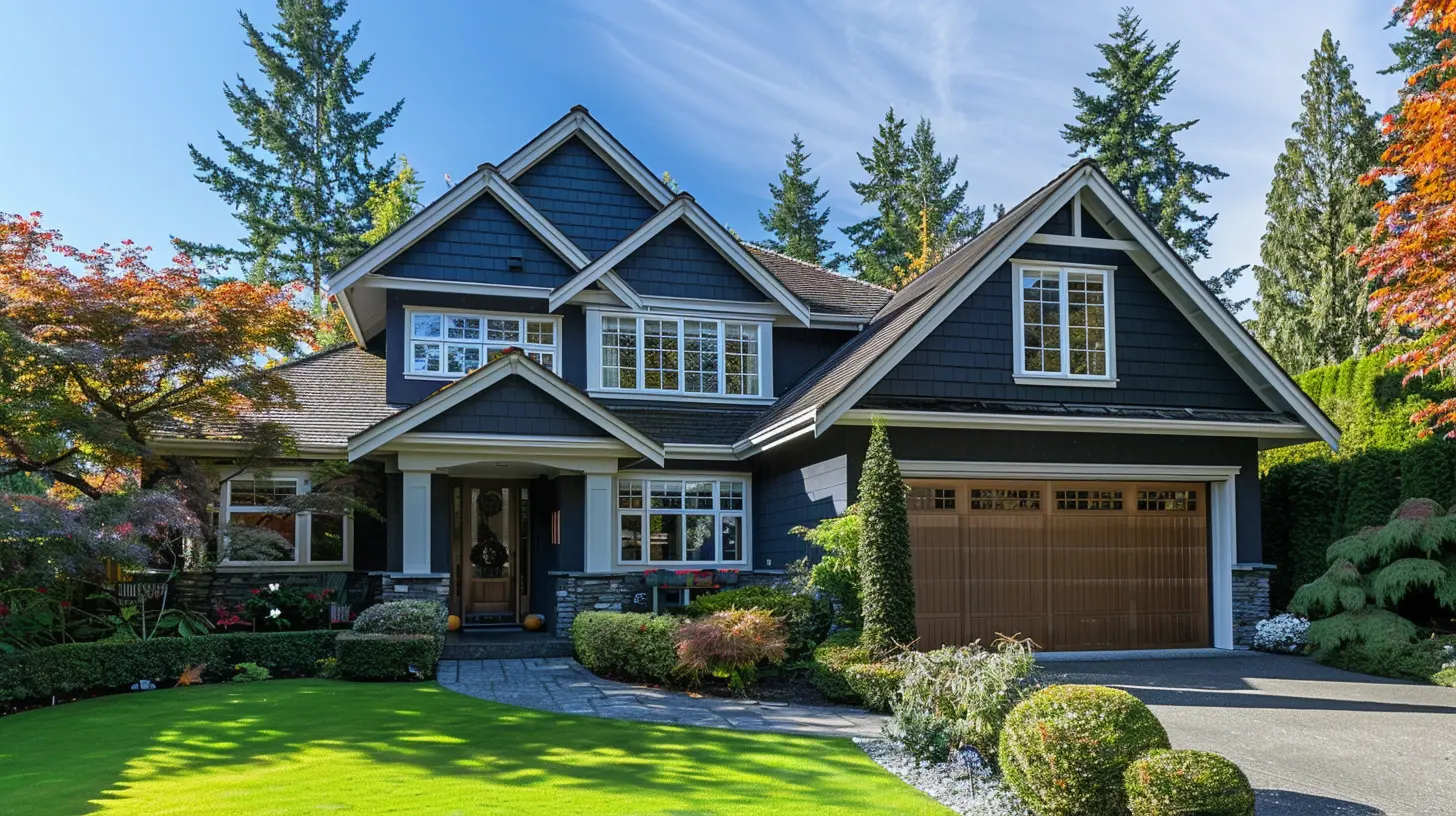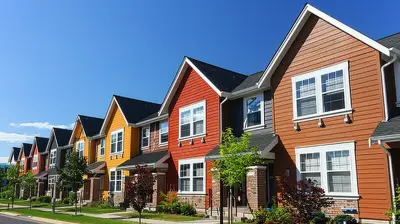Getting a Comparative Market Analysis (CMA) for Your FSBO Home
10 October 2025
So, you're going the FSBO route—For Sale By Owner. First of all, hats off to you! It takes guts, grit, and more than a little DIY spirit to sell your own home without a real estate agent in your corner. But here's the deal: just because you're skipping the agent's commission doesn't mean you can afford to skip the homework. And part of that homework? Getting a Comparative Market Analysis, or CMA.
A CMA might sound like real estate jargon, but stick with me. It's your secret weapon when you're trying to price your home right, attract serious buyers, and close the deal fast. Think of it as your property's report card—packed with the good, the bad, and the market-facts that show where your house stands compared to others.
Let’s break down exactly what a CMA is, why you need one, and how to get it without losing your mind.
What is a Comparative Market Analysis (CMA)?
Okay, let’s keep it simple. A Comparative Market Analysis is basically a deep dive into how homes similar to yours have been selling in your area. It compares your home to others that are:- Similar in size
- Similar in age and condition
- In the same neighborhood or school district
- Recently sold, under contract, or currently on the market
It’s like window shopping… but for houses, with tons of data. A CMA takes all that info and gives you a ballpark figure for what your home is worth right now—not last year, not when you bought it, but today.
Why does this matter? Because pricing your home too high scares off buyers. Price it too low? You're basically giving away money. The CMA helps you hit that sweet spot.
Why FSBO Sellers Absolutely Need a CMA
Let’s face it, listing your home FSBO means you’re wearing a lot of hats—marketer, negotiator, home stager, and yes, pricing strategist. But here’s the kicker: your home isn’t worth what you want it to be worth. It’s worth what the market says it’s worth.Pricing your home without a CMA is like throwing darts in the dark. You might hit the bullseye… or you might totally miss the board.
Here’s what happens if you miss:
- Overpricing: Your home sits and sits. People start wondering, “What’s wrong with it?”
- Underpricing: You get a quick sale, sure, but you might leave tens of thousands on the table.
- Lost credibility: Buyers and their agents can spot an unrealistic FSBO price a mile away.
In short, a CMA gives you receipts. It's your evidence. It shows buyers that you've done your homework and you're not just pulling numbers out of thin air.
What's Inside a CMA?
Let’s crack open the CMA and peek inside. When done right, it includes:1. Recently Sold Properties
These are your house’s closest cousins. They sold in the last 3–6 months, in your area, and match your home’s specs. This is the gold standard for figuring out market value.2. Active Listings
These are homes currently for sale. They’re your competition. Keep in mind, this is your competition—not a valuation. A high-priced neighbor’s home doesn’t give you permission to dream big—it gives you a reality check.3. Pending Sales
These homes are under contract but haven’t closed. A sneak peek into what buyers are currently willing to pay.4. Expired or Withdrawn Listings
These are homes that didn’t sell. Usually, they were overpriced. Learn from their mistakes.5. Adjustments
No two homes are identical, even if they look it. A good CMA adjusts the value based on differences like square footage, upgrades, or even a killer view.
How to Get a CMA for Your FSBO Property
Now that we've established the why, let’s tackle the how. Good news: you’ve got options.Option #1: Ask a Real Estate Agent (Yes, Seriously)
Wait, what? Isn’t this FSBO?Yes, but hear me out. Many agents will offer a free CMA hoping to win your business. You don't have to list with them, but you can still use the info.
Got a friend who’s an agent? Even better. Just be upfront: “I’m planning to sell FSBO, but would love your perspective on pricing.” Many will still help you out.
Option #2: Use Online Tools (But Take Them With a Grain of Salt)
Sites like Zillow, Redfin, and Realtor.com offer automated home value estimates. They're convenient, but not always accurate. Think of them like a fast-food version of a CMA—quick, but not gourmet. These tools use algorithms, not insight.They don’t account for upgrades, curb appeal, or specific neighborhood vibes. Use them just to get a rough ballpark, not the final number.
Option #3: Hire an Appraiser
If you want the most accurate number—and are willing to pay ($300–$500)—hire a licensed appraiser. This can be especially helpful if your market is volatile, or if you’ve made significant improvements that aren't reflected in comps.Option #4: Do-It-Yourself (If You Dare)
Feeling ambitious? You can create your own CMA using public records and MLS data (if you can access it).Here’s how:
1. Find 3–5 comparable homes in your area.
2. Focus on recent sales (not listings).
3. Compare square footage, age, lot size, and condition.
4. Adjust for differences (e.g., your house has a pool, theirs doesn't).
5. Average out the adjusted values.
Not easy, but doable if you’re analytical and detail-oriented.
Pricing Your FSBO Home Based on the CMA
Once you have your CMA, it’s decision time. But don’t just pick the highest number and run with it.Pro Tips for Smart FSBO Pricing:
- Price realistically, not optimistically. Buyers are savvy, and so are their agents.- Factor in your goals. Want a quick sale? Maybe price just a tiny bit below market to stir up multiple offers.
- Consider market conditions. In a seller’s market, you can push the price a bit. In a buyer’s market? Tread carefully.
- Leave room for negotiation, but not too much. Overpricing just to “see what happens” usually backfires.
Remember, the longer your home sits unsold, the staler your listing becomes. Like bread on the counter, it gets harder to sell every day.
What Buyers Think of FSBO Listings and Price
Buyers today are informed. They’ve seen the comps. They’ve been house-hunting in your area. If your price is way off, they won’t hesitate to move on or lowball you.Worse? They might assume you’re difficult to deal with, and no one wants drama during a major transaction.
A well-priced FSBO home sends the message: “Hey, I know what I’m doing. This is a fair deal.” It builds trust. And trust? That’s everything in real estate.
How Often Should You Update Your CMA?
Markets change. Fast. That CMA you got three months ago? It might already be out of date.If your home isn’t getting serious interest within 2–3 weeks, it’s time to revisit your CMA and consider a price adjustment. Don't let ego keep your home stuck on the market.
Final Thoughts
Selling your home FSBO can be incredibly rewarding—and yes, a little stressful. But if you want to stand out and actually get that “Sold” sign up, a solid CMA is non-negotiable.Think of it like Google Maps for your pricing strategy. Without it, you’re driving blind. But with it? You’re moving straight toward a successful sale.
So go ahead—arm yourself with data, price smart, and show the world that FSBO doesn't mean amateur.
You got this.
all images in this post were generated using AI tools
Category:
For Sale By OwnerAuthor:

Cynthia Wilkins
Discussion
rate this article
1 comments
Alexa McClain
Great article! Getting a CMA is a smart move for your FSBO journey. It helps you price your home right and boosts your confidence as a seller. Remember, knowledge is power—happy selling! You’ve got this! 🌟🏡
October 11, 2025 at 3:42 AM

Cynthia Wilkins
Thank you for your kind words! I'm glad you found the article helpful. Wishing you all the best in your FSBO journey! 🌟🏡


